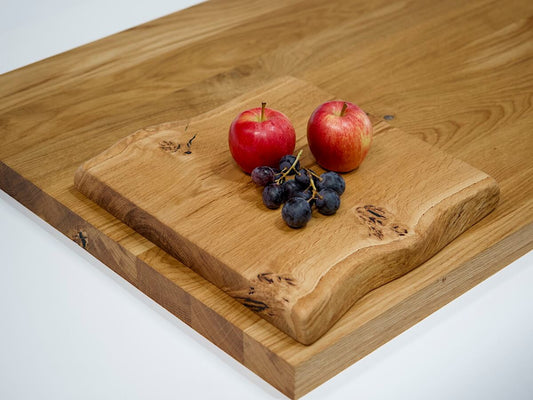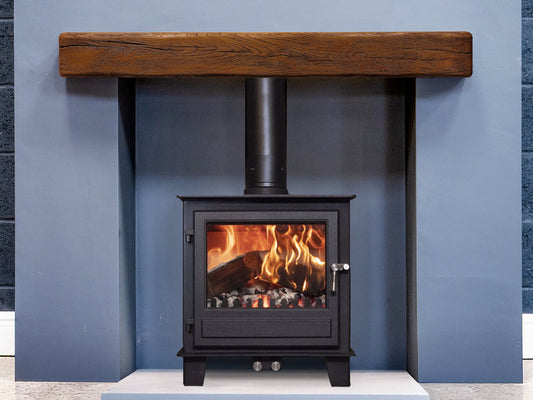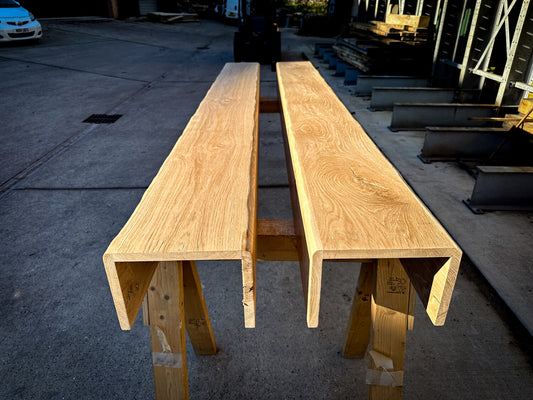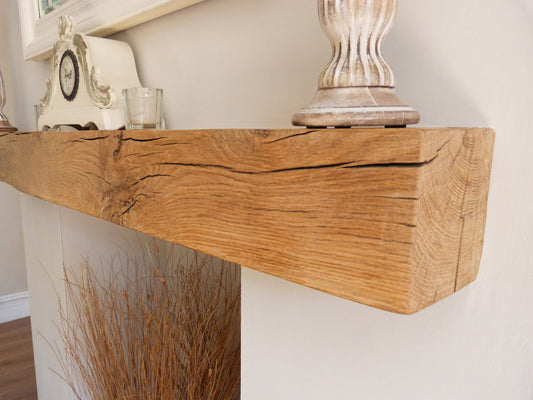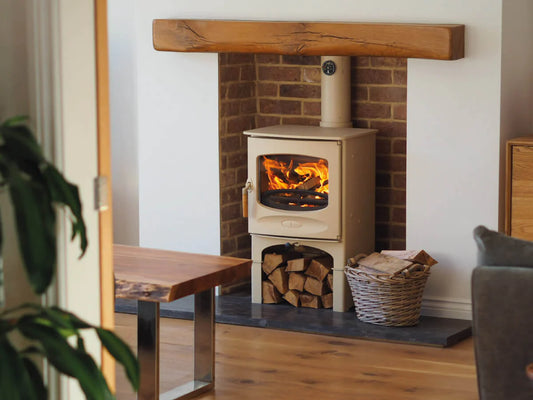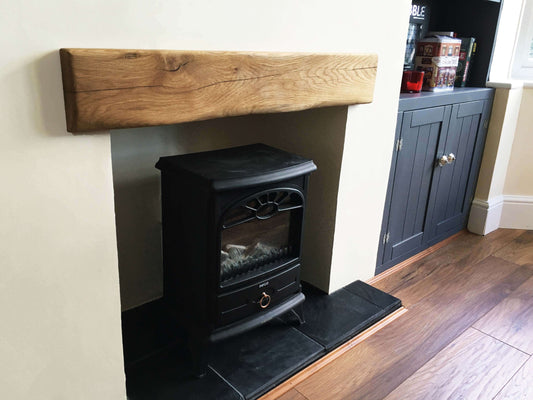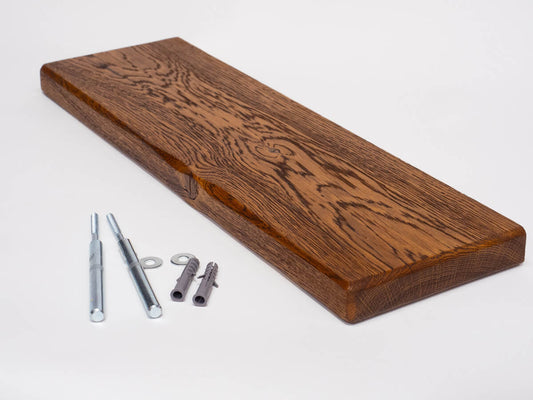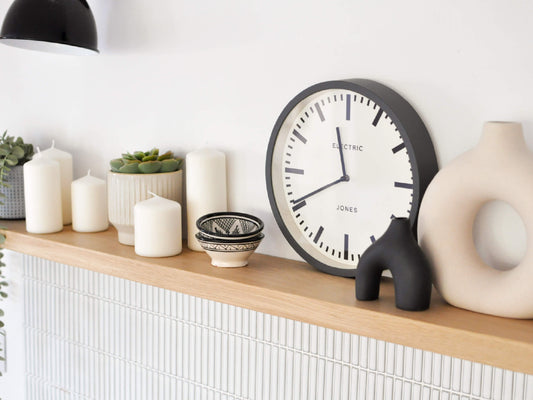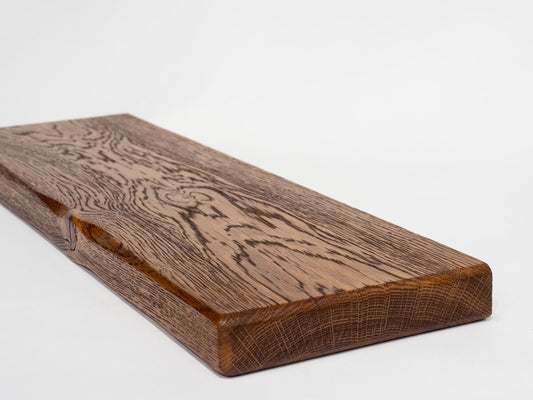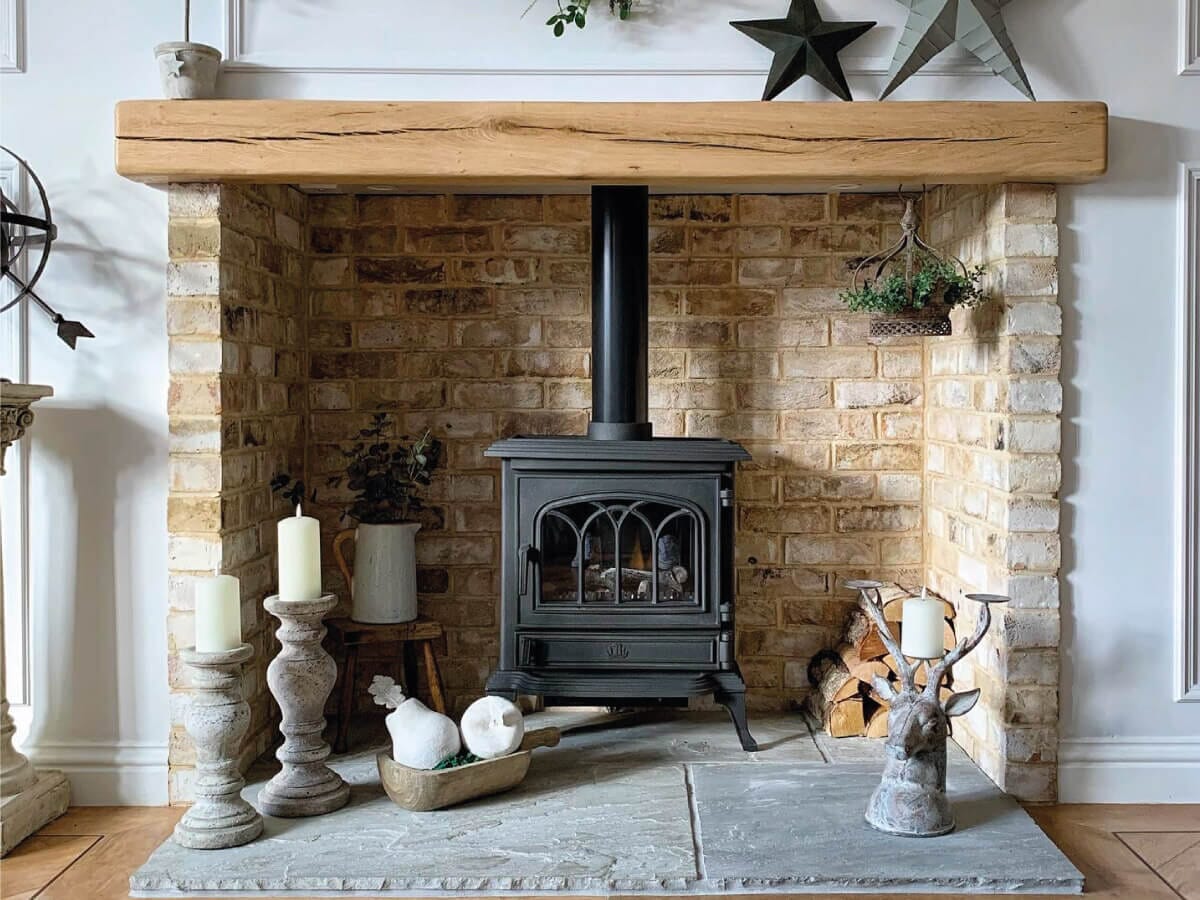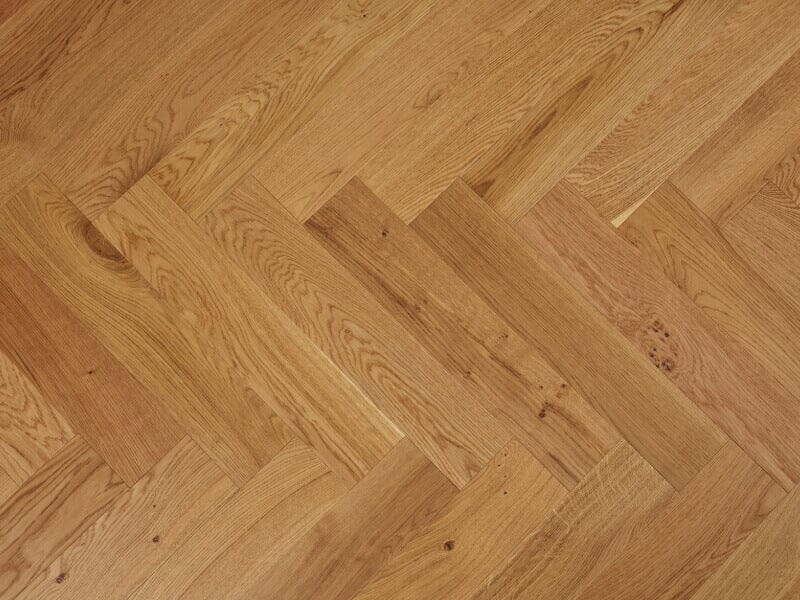
Oak Beam Grading Rules - QPA and QP1
Share
Timber Grading Explained: Understanding Oak Beam Grading Rules (QPA & QP1)
Timber grading is a key method used to ensure wood meets the exact quality, strength, and appearance needs for different uses across construction and design.
From restoring a period property or building new structural frameworks to creating rustic interiors, knowing how timber grades work for oak beams and other popular wood types will help inform what the best material is for your needs.
In this guide, we look at how timber grading in the UK works, why it matters, how grades differ between wood types, and how to choose the right grade. We’ll then look closely at the European oak grading rules for QPA and QP1 structural oak beams, which we supply in a variety of sizes.
What Is Timber Grading?
Timber grading describes key attributes of different woods, such as their structural strength, as well as their visual quality. Proper timber grades help determine what the best timber solution is for individual building projects based on the unique appearance and load-bearing requirements.
Across the UK and wider Europe, timber grading is done either visually by trained professionals, or by a machine using pre-programmed settings. Timber grades awarded visually focus on the woods’ natural characteristics, like grain slope, knots, and fissures. Automated equipment, meanwhile, is set to measure physical properties such as density and stiffness.
The two main approaches used are timber strength grading (a structural timber grading that assesses elements such as joists and beams) and visual timber quality grades (where emphasis is on appearance, for design features like fireplace mantels and exposed beams).
Why Timber Grading Matters
Timber strength grading is a reliable way of ensuring the structure you’re working on is safe, durable, and compliant. Different structural timber grades denote different load-bearing capacity, resistance to external stressors (like humidity and decay), and aesthetic profile (particularly in heritage projects).
UK timber grading regulations would usually specify timber strength grades for both soft and hardwoods. It’s essential to check this guidance to ensure the beam you’ve chosen is strong enough, alongside being visually appealing.

Timber Grading Explained
How wood is graded depends on the wood type – soft and hardwood timber have separate grades that projects must comply with. Generally, softwood timber quality grades help select materials for load-bearing applications where cost-effectiveness plays a part. Meanwhile, hardwood timber grades come handy for finding aesthetics-focused solutions backed by natural resilience.
Softwood Timber Grades
The main timber strength grades for softwoods such as pine, spruce, and fir are C16 and C24. General construction projects would normally use C16, while load-bearing applications, which require higher strength, would rely on C24 instead.
Such pine timber grades and other softwood timber grades are most commonly utilised when choosing beams for roofing, framing, and joists.
Hardwood Timber Grades
Hardwood timber grades for woods such as beech, ash, and oak often give an appearance-based ranking along with the timber strength grading, to note variations in natural characteristics such as wood grain.
For instance, European oak grading rules classify the wood under two key appearance grades: QP1 and QPA.

European Oak Grading Rules
When it comes to oak grading, there are two core types of oak timber grades to choose from, depending on your aesthetic and structural requirements.
Appearance oak grading QPA
- Sawn timber with sharp arrises; for pieces longer than 3m, wane less than 10% of the face width is permitted across no more than 25% of the length.
- Sound sapwood permitted on two arises, if the total width is less than 15% of the face width.
- Fully or partly intergrown sound knots are permitted if the diameter is less than one third of the face width.
- Dead knots are permitted where equivalent to two dead knots with a diameter less than 15mm per linear metre.
- Boxed heart permitted, as well as slight traces of heartwood on two faces. Slope of the grain should be less than 7%, not exceeding 12% locally.
Excluded: unsound knots, end shake, frost crack, ring shake, star shake, curly grain, bark pocket, unsound sapwood, brown pith, brown streak, rot, holes.
Appearance oak grading QP1
- Sawn timber with practically sharp arrises, permitting wane less than 10% of the face width across no more than 30% of the length.
- This width tolerance is increased to 15% for sections above 250 x 250mm.
- Sound sapwood permitted on two arises, if the total width is less than 15% of the face width.
- Fully or partly intergrown sound knots are permitted if the diameter is less than half the face width.
- Two dead knots are permitted per linear metre if less than one quarter of the face width.
- Boxed heart permitted, as well as traces of heartwood on both faces. Slope of the grain should be less than 12%, not exceeding 20% locally.
Permitted on a limited number of pieces: brown streak, black holes, brown pith.
Excluded: unsound knots, frost crack, ring shake, star shake, curly grain, bark pocket, unsound sapwood, rot, white holes.

How to Choose the Right Timber Grading for Your Project
When selecting timber grades to work with, consider the following factors:
- Main purpose: For structural applications (e.g. beams, lintels) you should look to timber strength grades, while more aesthetic projects may prioritise visual timber quality grades.
- Positioning: If you’re using beams in outdoor or high-humidity settings, consider treated timber grades for improved durability.
- Price range: The higher the timber grading (e.g. C24 or QPA), the higher the price tag. That said, these premium timber grades would also perform better, or offer greater visual appeal.
- Aesthetics: Working on a period property or installing visible beams? Oak timber grades such as QPA or QP1 combine structural integrity with strict natural wood beauty standards.
Still not sure how wood is graded and what the different timber grades mean? Reach out to the Traditional Beams team of experts, and we’ll help you find the right timber grading for your aesthetic and structural needs.
Quality Oak Grading Options, with Traditional Beams
Traditional Beams offers a range of structural oak beam solutions with nationwide delivery, all carefully sourced to meet European oak grading rules.
We bring our decades of experience to the process and hand-select all pieces carefully, ensuring they meet sustainability standards, for the most reliable – and visually appealing – outcomes.
What’s more, we offer custom cutting and finishing options, so that the products you select not only meet your timber grading requirements, but also fit like a glove in the overall structure and aesthetic.
Whether you need load-bearing oak breams for construction, or characterful beams for a design focal point, we can help you find the right solution.

